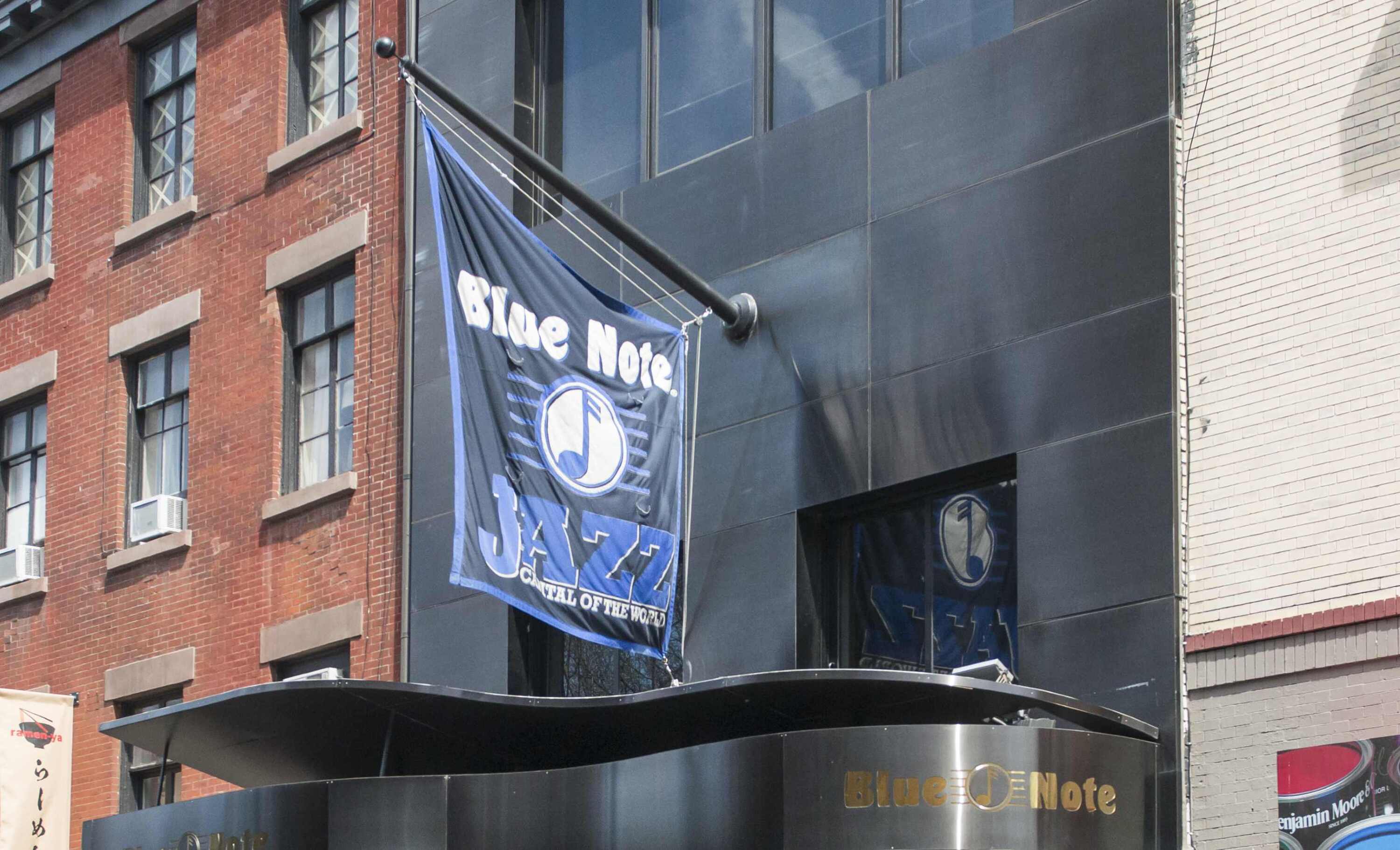
Venue responsibilities now extend beyond their premises, challenging traditional boundaries of duty of care and public safety.
The space outside venues, once considered public domain, increasingly falls under venue accountability. Recent rulings and legislation highlight this shift, requiring operators to manage risks in surrounding areas. Historically, licensing plans drew a red line around venues, defining their responsibilities within that perimeter. However, the space immediately outside a venue’s entrance – often called the “last mile” or “Zone X” – has become a focus for regulators and policymakers. This area includes pavements, immediate street corners and public spaces where patrons gather before entering or after leaving.
The key question now is: to what extent are venues accountable for what happens outside their doors?
The Bluenote Jazz Club licence case exemplifies this growing expectation, with reduced hours imposed due to concerns about street-level noise and safety. Martyn’s Law further pushes venues to consider external vulnerabilities, signalling a broader, shared responsibility for public safety.
Bluenote Jazz Club in London sought a premises licence with standard trading hours, but authorities granted shorter opening times. The decision was driven by predicted challenges managing noise and safety risks in the nearby streets outside the venue. This case underscores the trend where external public spaces become part of venue responsibility, even though they fall outside direct control. Venue managers must now anticipate and mitigate risks in these “last mile” zones to satisfy licensing and regulatory demands.
This shift in responsibility is also reflected in new laws such as Martyn’s Law. Introduced after the Manchester Arena bombing and recently receiving Royal Assent, Martyn’s Law requires venues to assess the risk of terrorist threats and implement suitable security measures.
While Martyn’s Law primarily aims to protect public safety within venues, it explicitly asks operators to consider vulnerabilities in spaces where people gather outside – queues, arrival points and dispersal areas. Although the law does not make venues legally responsible for incidents occurring in public spaces outside their premises, it clearly signals an expectation that venues anticipate and manage risks beyond their immediate control.
Implications for venue managers
This evolving approach places new pressures on venues, especially smaller or independent operators. Large chains may have resources to install external CCTV, hire extra security staff or implement crowd dispersal plans. For smaller venues already facing tight budgets and complex regulations, these added responsibilities can be a significant burden.
Moreover, this trend blurs the traditional roles of local authorities and police, who have historically managed public spaces and crowd safety. With stretched police resources and local government budget pressures, responsibility for public safety near nightlife venues seems to be shifting quietly onto private businesses.
How localmedic can support your venue
As responsibilities expand beyond your venue’s door, localmedic offers expert medic services, training and consultancy to help you meet evolving safety standards both inside and immediately outside your premises. Our tailored solutions help you manage risk proactively, maintain compliance and protect your patrons while supporting operational success. Learn more about how localmedic can assist your venue here.
Further reading




